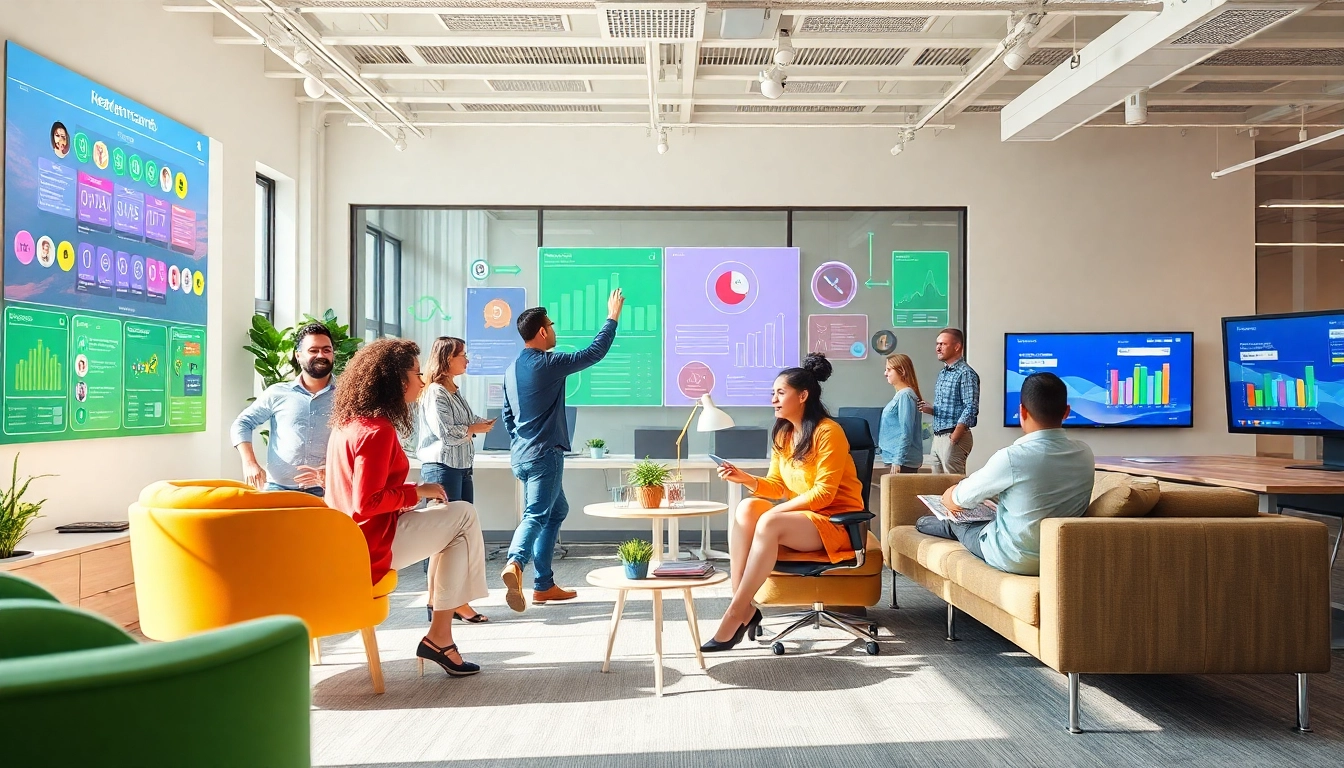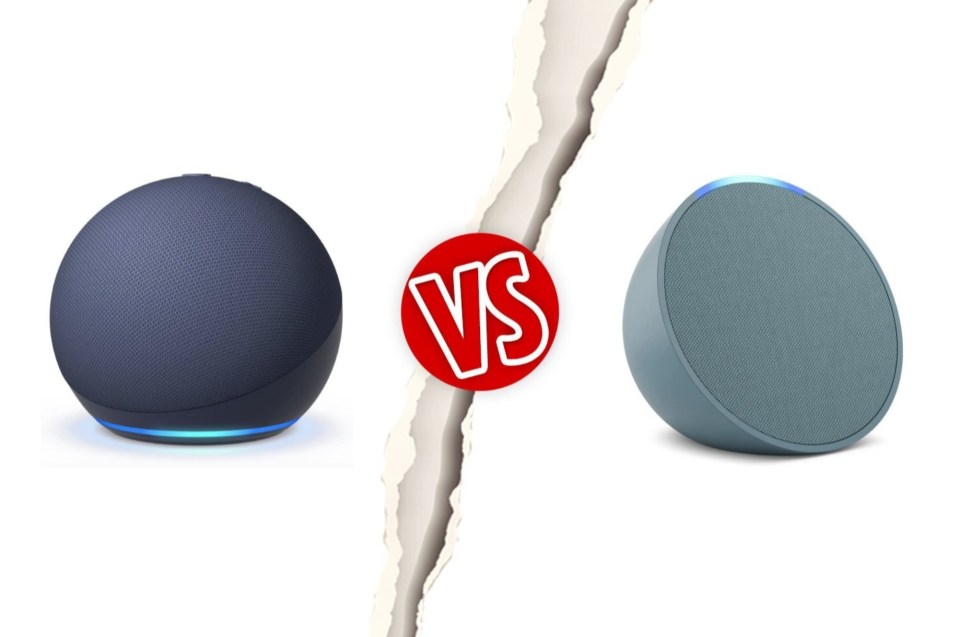Understanding Business Gamification: What It Is and Why It Matters
In the rapidly evolving business landscape, companies are constantly seeking innovative ways to engage employees and enhance productivity. One transformative approach gaining traction is business gamification. By leveraging game design elements in non-gaming contexts, organizations can foster a more dynamic and interactive environment that drives better results across various aspects of their operations. This article will explore the intricacies of business gamification, how it functions, why it’s essential, and how organizations can implement it to reap significant benefits.
The Concept of Business Gamification
At its core, business gamification involves integrating game mechanics such as points, badges, leaderboards, and challenges into everyday business processes. This strategy aims to motivate and engage employees by making routine tasks more enjoyable and rewarding. Traditional practices often fail to tap into intrinsic motivation; gamification offers a fresh perspective that aligns with modern psychological insights into motivation, engagement, and productivity.
A prominent aspect of gamification is its capacity to cater to the diverse motivational drivers of individuals. By tailoring the gaming experience to align with employee preferences, businesses can create a more inclusive and motivating environment that fosters increased participation and engagement.
Benefits of Implementing Gamification in Businesses
Organizations that adopt gamification strategies often report a plethora of benefits, including:
- Enhanced Employee Engagement: Game mechanics nurture a sense of achievement and competition, driving continuous interaction with tasks.
- Improved Performance: By encouraging friendly competition and rewarding milestones, gamification can significantly boost productivity and output.
- Increased Knowledge Retention: Gamified learning experiences help employees retain information better than traditional learning methods, leading to more knowledgeable teams.
- Stronger Team Collaboration: Gamification promotes collaboration and teamwork as members work together towards common goals.
- Higher Retention Rates: Employees who feel valued and engaged are less likely to leave their jobs, thus reducing turnover costs.
Key Components of Effective Gamification Strategies
For gamification to be effective, it must be designed thoughtfully around its core components:
- Goals: Clear goals and objectives are essential for providing direction and motivation.
- Feedback: Real-time feedback fosters an improved gaming experience by allowing employees to measure progress and adjust their strategies accordingly.
- Rewards: Implementing a system of rewards (like points or levels) helps instill feelings of accomplishment and encourages ongoing participation.
- Competition: A healthy level of competition can motivate employees, but should be balanced with cooperative elements to maintain a team-oriented atmosphere.
Common Challenges in Business Gamification
Identifying Implementation Barriers
Despite its many advantages, implementing gamification is not without its challenges. Before embarking on gamification strategies, businesses should identify potential barriers, including:
- Lack of Clarity: Failure to clearly define objectives can lead to misalignment in expectations.
- Technology Hurdles: Implementing sophisticated gamification platforms may require advanced technology capabilities that some organizations may lack.
- Employee Pushback: Resistance from employees who may view gamification as gimmicky or patronizing can hinder success.
Overcoming Employee Resistance to Gamification
Addressing employee concerns is crucial for gamification to be fully embraced. Effective strategies include:
- Inclusive Development: Engage employees in the design phase to gain their insights and buy-in.
- No Pressure: Ensure that participation in gamified processes is voluntary to alleviate feelings of coercion.
- Demonstrating Value: Clearly communicate how gamification benefits not only the organization but also the individual employee.
Balancing Competition and Collaboration among Employees
While competition can stimulate engagement, excessive rivalry can lead to unhealthy workplace dynamics. Therefore, it’s important to strike a balance between competition and collaboration. By creating team-based challenges and shared goals, businesses can foster a sense of community and cooperation among employees.
Best Practices for Successful Business Gamification
Setting Clear Objectives for Gamified Initiatives
To maximize the impact of gamification, organizations must begin by setting clear, measurable objectives. These should align with broader organizational goals and resonate with what motivates employees. Examples include:
- Improving training completion rates.
- Increasing sales team performance.
- Boosting customer service satisfaction ratings.
Utilizing Feedback Loops for Continuous Improvement
Establishing effective feedback loops allows businesses to refine the gamification experience. Regularly gathering feedback from participants helps identify what elements are working and what needs adjustment.
Employing surveys, focus groups, and performance analytics can provide invaluable insights into participant engagement and areas for further development.
Engaging Employees through Customization
Customization is essential for fostering an engaging gamification experience. Organizations should allow employees to tailor their gaming experience based on their preferences, abilities, and performance histories. This can include choosing levels of difficulty, selecting rewards, or tailoring progression paths.
Offering a personalized experience can significantly enhance engagement and satisfaction, making employees feel more invested in the gamified process.
Real-World Examples of Business Gamification
Case Study: Successful Gamification in Retail
Many retail brands have successfully implemented gamification strategies to enhance customer engagement and loyalty. For example, Starbucks employs a robust gamification system through its rewards program, enabling customers to earn stars for various purchases. This approach has significantly improved not only customer retention but also overall sales volume.
How Technology Companies Use Business Gamification
Leading tech companies such as Microsoft and Google implement gamification to improve employee training and onboarding processes. By using game-like environments in training modules, they have successfully increased engagement, reduced training time, and enhanced retention of critical skills among employees.
Lessons from Innovative Startups Embracing Gamified Approaches
Startups are often more agile and innovative in their adoption of gamification. Companies like Duolingo use gamified language learning systems that incorporate levels, points, and rewards to maintain high levels of user engagement. This model showcases how gamification can drive knowledge acquisition in a fun and enjoyable manner.
Measuring Success in Business Gamification
Defining Key Performance Indicators (KPIs)
Measuring the effectiveness of gamification initiatives is crucial. To do this, businesses should establish key performance indicators (KPIs) that align closely with their gamification goals. Commonly used KPIs might include:
- Employee engagement scores.
- Rate of task completion.
- Customer retention metrics.
Analyzing Employee Engagement Metrics
Employee engagement metrics can yield insights into how effectively gamification is working. Tools like engagement surveys can assess feelings of motivation and satisfaction among employees, revealing the overall impact of gamification on the workplace atmosphere.
Utilizing Feedback for Future Gamification Strategies
Feedback from both employees and customers is invaluable in shaping future gamification strategies. Analyzing qualitative feedback alongside quantitative performance metrics can provide a comprehensive view of what elements of gamification are resonating and which areas may require reevaluation.




